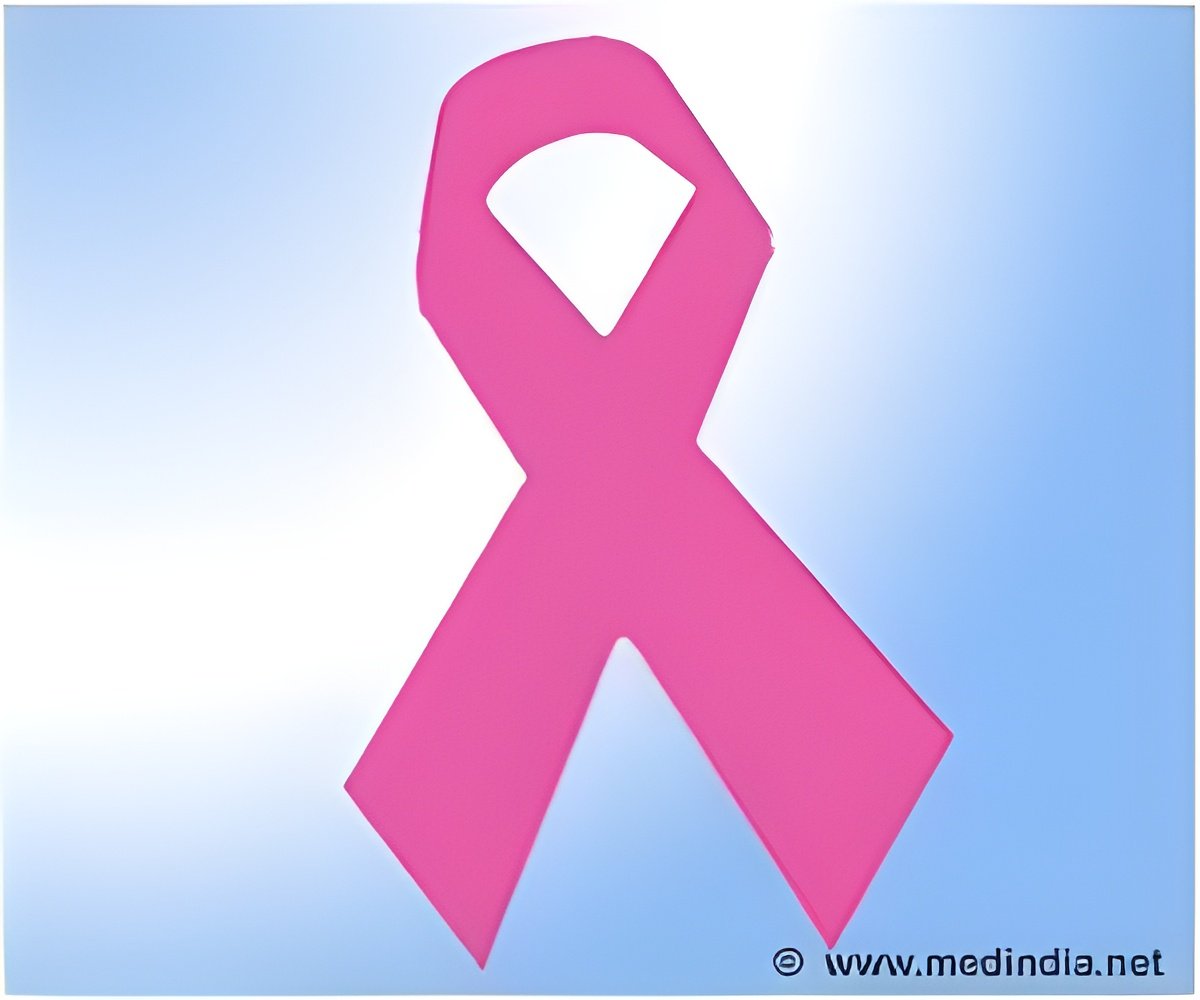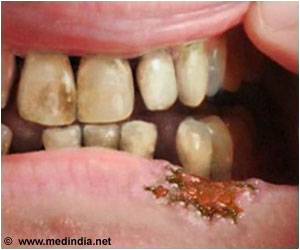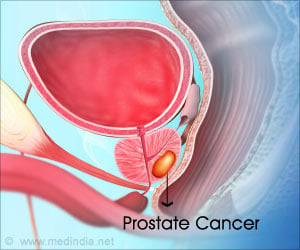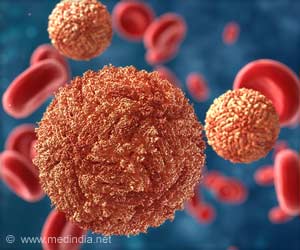Breast cancer, which accounted for 523,000 deaths in 2015, remained both the most common and deadliest form of cancer for women.

‘Breast cancer, which accounted for 523,000 deaths in 2015, remained both the most common and deadliest form of cancer for women.’





Although cancer is the world's second leading cause of death after cardiovascular diseases, the chances of developing the deadly disease and dying from it look radically different depending on where you live, the researchers said. "The cancer divide is real and growing," said lead author Christina Fitzmaurice, Assistant Professor at the University of Washington in US.
"The number of new cancer cases is climbing almost everywhere in the world, putting an increasing strain on even the most advanced health systems. But the most rapid and troubling escalation can be seen in countries of lower development status, which can ill afford it," Fitzmaurice added.
For the study, the team grouped 32 types of cancer and analysed 195 countries based on their socio-demographic index (SDI) -- a combined measure of education, income, and fertility.
The researchers found that among all types of cancer the most common were cancers of the breast; tracheal, bronchus, and lung (TBL); which caused 1.2 million deaths globally, followed by colon and rectum cancer and stomach and liver cancers.
Advertisement
Government agencies and the private sector need to expand prevention efforts, especially in lower SDI countries where several of the deadliest cancers, such as cervical and liver cancer, are also the most preventable, the authors noted.
Advertisement
The report was published in JAMA Oncology.
Source-IANS














